The Hanok (더 한옥)
10.7Km 2021-03-24
75, Gyedong-gil, Jongno-gu, Seoul
+82-2-743-7470
You can enjoy coffee in a hanok (Korean house). This restaurant's signature menu is coffee. This cafe is located in Jongno-gu, Seoul.
Gomguksijib (곰국시집)
10.7Km 2025-05-15
24, Mugyo-ro, Jung-gu, Seoul
Cheongjin Hwarogui (청진화로구이)
10.7Km 2021-03-22
32-12, Jong-ro, 5-gil, Jongno-gu, Seoul
+82-2-735-7008
A store selling Korean beef and pork dishes. The best menu at this restaurant is grilled Korean beef rib eye steak. This Korean dishes restaurant is located in Jongno-gu, Seoul.
Barrio de Comida Tradicional de la Fortaleza Namhansanseong (남한산성 전통음식마을)
10.7Km 2020-08-20
Namhansanseong-ro 731, Namhansanseong-myeon, Gwangju-si, Gyeonggi-do.
El Barrio de Comida Tradicional de la Fortaleza Namhansanseong tiene unos 70 restaurantes que ofrecen platos de arroz, dotorimuk (gelatina de bellota), tojongdak (pollo), y otros. El área tiene 300 años de historia y los restaurantes fueron construidos con el estilo tradicional hanok alrededor de la fortaleza, que era un bastión de defensa en la antigüedad.
Parque Provincial de la Fortaleza Namhansanseong (남한산성도립공원) [Patrimonio Cultural de la Humanidad de la Unesco]
10.7Km 2024-12-06
Namhansanseong-ro 731, Namhansanseong-myeon, Gwangju-si, Gyeonggi-do
En tiempos antiguos, existían 4 zonas importantes de fortificación que protegían Seúl: Gaeseong al norte, Suwon al sur, Ganghwa al oeste y Gwangju al este. La Fortaleza Namhansanseong corresponde al área de Gwangju. La fortaleza se encuentra a 24 km al sudeste de Seúl, y a 6 km al noreste de la ciudad de Seongnam y cuenta con 9,05 km de longitud y 7,3 m de altura.
Comenzó a construirse en la época de Goguryeo, luego durante la dinastía de Silla Unificado se extendió, hasta que finalmente fue completada durante la época de Joseon. El muro de piedra de la fortaleza tiene una longitud de 8 km y las piedras naturales de tamaño grande se ubicaron en la parte inferior del muro y las de tamaño menor se ubicaron arriba. El castillo poseía 4 puertas principales, 8 puertas de piedra y 4 sitios en donde el comandante daba las señales de vigilancia. En el interior del castillo estaban los edificios de administración, depósitos y aposentos. Constaba de un total de 227 construcciones, 80 pozos de agua, 45 fuentes, etc., aunque en la actualidad solo quedan unos pocos de estos.
La Fortaleza Namhansanseong fue designada como Parque Provincial y Sitio Histórico. Para las visitas en primavera y otoño, se recomienda optar por la ruta turística de Nammun que atraviesa la ciudad de Seongnam; y, en verano, la ruta turística de Dongmun, para refrescarse en sus valles.
Dakgopsae (닭곱새)
10.7Km 2021-03-19
7, Jong-ro 5gil, Jongno-gu, Seoul
+82-2-6226-8220
This Korean cuisine is located near Jonggak Station, Seoul. The representative menu is chicken, beef small intestine and shrimp hot pot. A restaurant where chicken, intestine, and shrimp are fried and served with spicy sauce.
Samwon Ilsik (삼원일식)
10.7Km 2021-04-05
32, Mugyo-ro, Jung-gu, Seoul
+82-2-777-3680
This is a Japanese cuisine located in Cheonggyecheon Stream, Seoul. This restaurant is one of Mugyo-dong's best kept secrets. The best menu at this restaurant is codfish stew.
Rakkojae Seoul Bukchon Hanok Hotel [Korea Qaulity] / 락고재 서울 북촌 한옥호텔 [한국관광 품질인증/Korea Quality]
10.7Km 2021-10-27
49-23, Gyedong-gil, Jongno-gu, Seoul
The main building in Seoul is a traditional Korean cultural space renovated by Jeong Yeong-jin, a human cultural asset, from a hanok with a history of 130 years. Traditional flags, fences, pavilions, chimneys, and jangdokdae are holding the blue sky with pine trees, creating a harmonious Korean-style house. Passing through the elegant tall gate, as you see the jangdokdae, a small but clean hanok will be revealed, and the pine trees and bamboo trees added to the natural beauty, while the loving Gomusin placed on the stone brings back beautiful memories.
Rakkojae is a place where the customs of the aristocrats in the past are melted in various places, creating a wonderful atmosphere by carefully reviving the pavilion, ponds, and daecheongmaru. Especially, Daecheongmaru adds the beauty of the margins of hanok to give you a sense of refreshment. As the old scholars did, sitting on the pavilion makes the time flow slow and the wind that passes over the Sotdae feels special.
In addition, you can experience the beauty of Korean tradition with various programs such as tea ceremony, jjimjilbang, royal robes, and kimchi-making along with traditional Korean food. Rakkojae's accommodation, reminiscent of a nobleman's house in the Joseon Dynasty, is well-kept and comfortable that it is comparable to a luxury hotel, and the natural jade-covered ondol rooms and firewood jjimjilbangs made of cheongito provide a healthy journey for many guests.
Pista de Patinaje de la Plaza de Seúl (서울광장 스케이트장)
10.7Km 2021-05-27
Sejong-daero 110, Jung-gu, Seúl
En invierno, la Plaza de Seúl, frente al Ayuntamiento de la ciudad, se convierte en un complejo de pistas de patinaje sobre hielo. Tiene tres pistas de distinto tamaño y una pista de trineo sobre hielo. Una de las grandes atracciones del lugar es que posibilita apreciar todo el paisaje completo de la plaza y presenta varios eventos y espectáculos culturales.
Plaza de Seúl (서울광장)
10.7Km 2025-05-23
Sejong-daero 110, Jung-gu, Seúl.
Fundado en 1926, el antiguo edificio del Ayuntamiento de Seúl es de piedra, de estilo renacentista. La plaza delante del Ayuntamiento es un sitio histórico donde se realizaron el Movimiento de Independencia de 1919 (Samil) y el movimiento de pro-democracia en junio de 1987. Es también un lugar conocido porque, durante la Copa Mundial de Fútbol de 2002, decenas de miles de admiradores del seleccionado nacional se congregaron para aclamarlo. Esta plaza de hierba oval delante del Ayuntamiento de Seúl, reestablecida en 2004, es usada como un lugar para sostener varios acontecimientos y festivales culturales, y es para el disfrute por muchos seulitas. Como atracción de la Plaza de Seúl está la fuente de agua del piso. Las 48 luces de piso a lo largo de la plaza de hierba y una especie de reloj externo de la pared son otros rasgos distintivos de la Plaza.
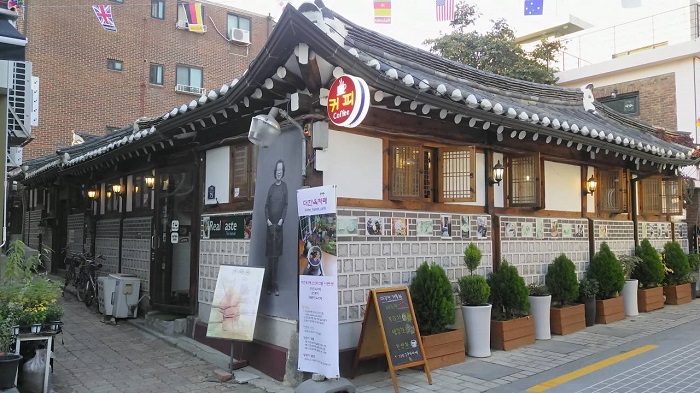
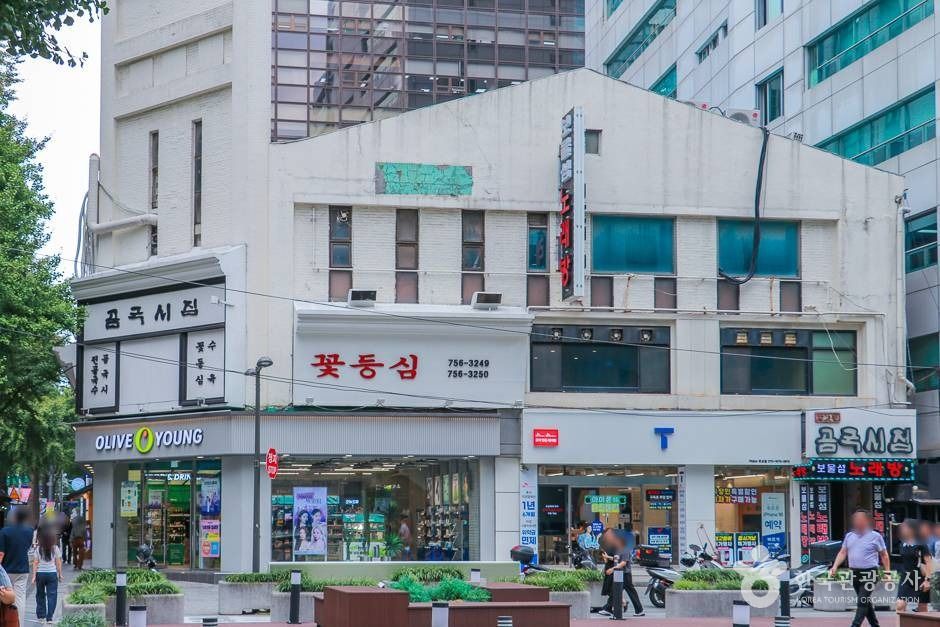
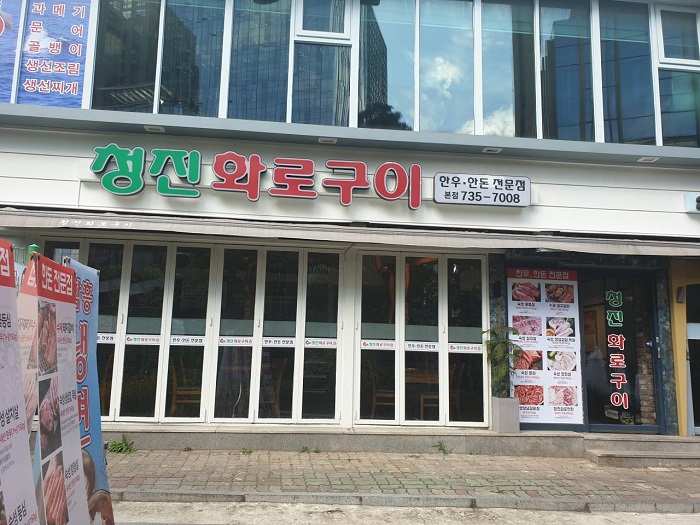
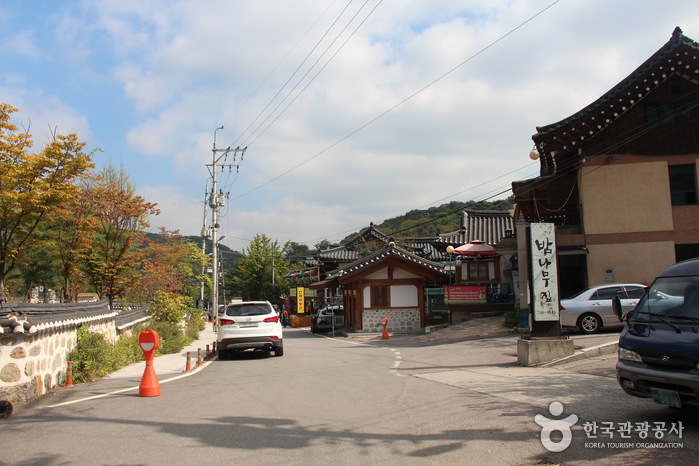
![Parque Provincial de la Fortaleza Namhansanseong (남한산성도립공원) [Patrimonio Cultural de la Humanidad de la Unesco]](http://tong.visitkorea.or.kr/cms/resource/56/2612856_image2_1.jpg)
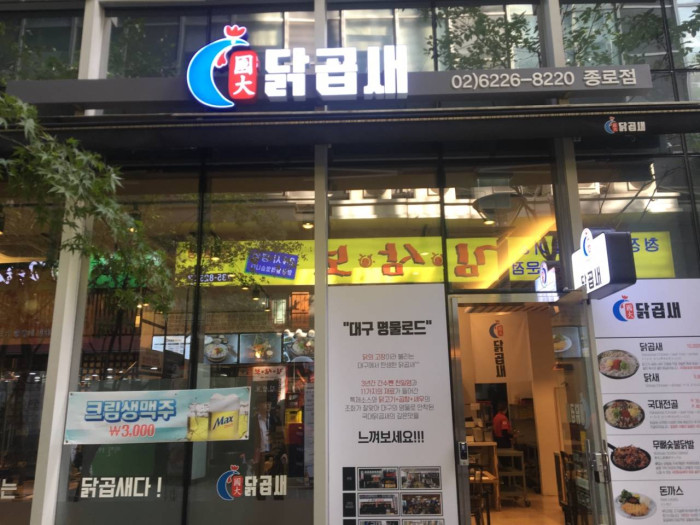
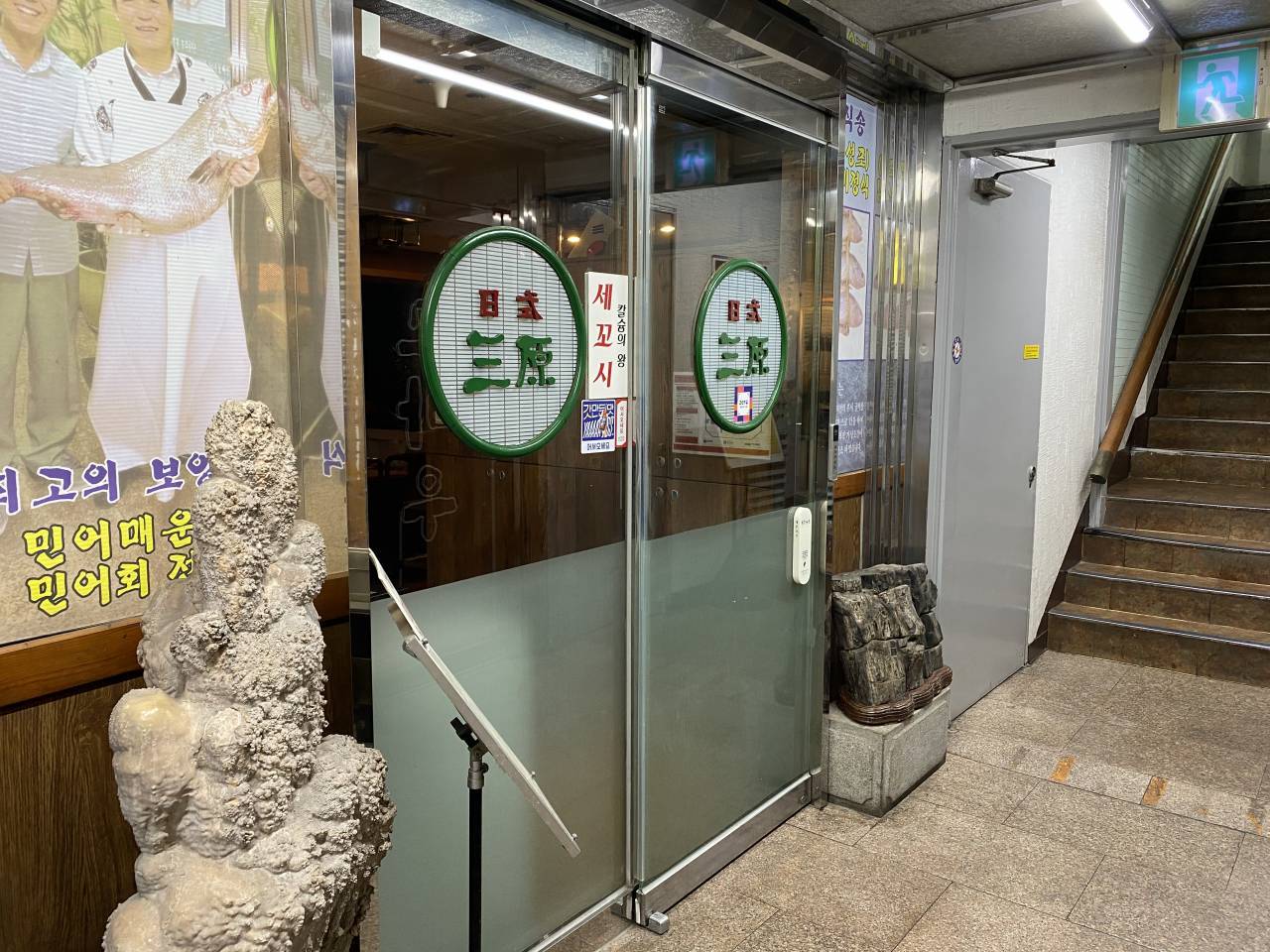
![Rakkojae Seoul Bukchon Hanok Hotel [Korea Qaulity] / 락고재 서울 북촌 한옥호텔 [한국관광 품질인증/Korea Quality]](http://tong.visitkorea.or.kr/cms/resource/40/2698240_image2_1.jpg)
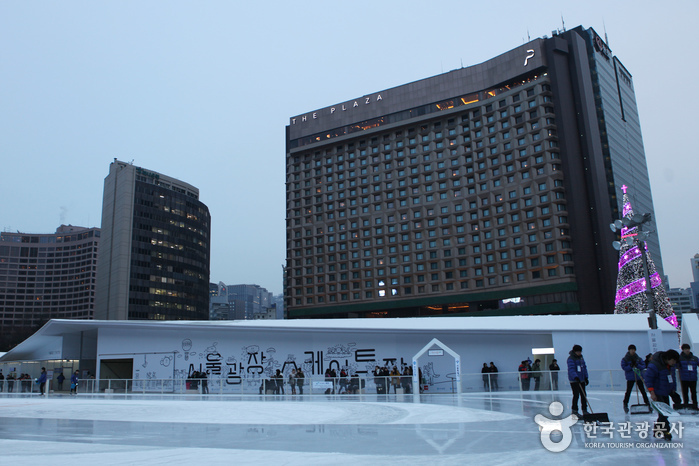

 Español
Español
 한국어
한국어 English
English 日本語
日本語 中文(简体)
中文(简体) Deutsch
Deutsch Français
Français Русский
Русский